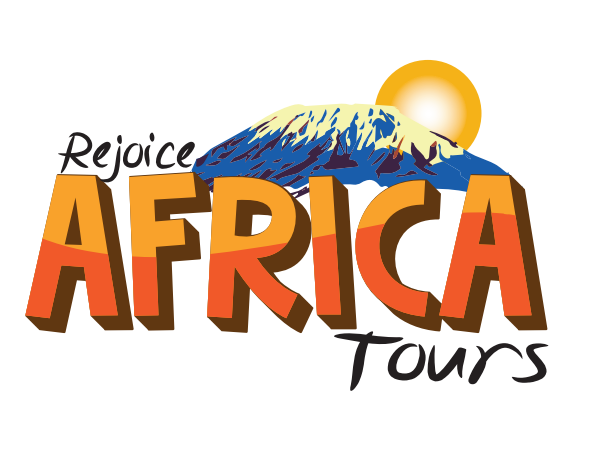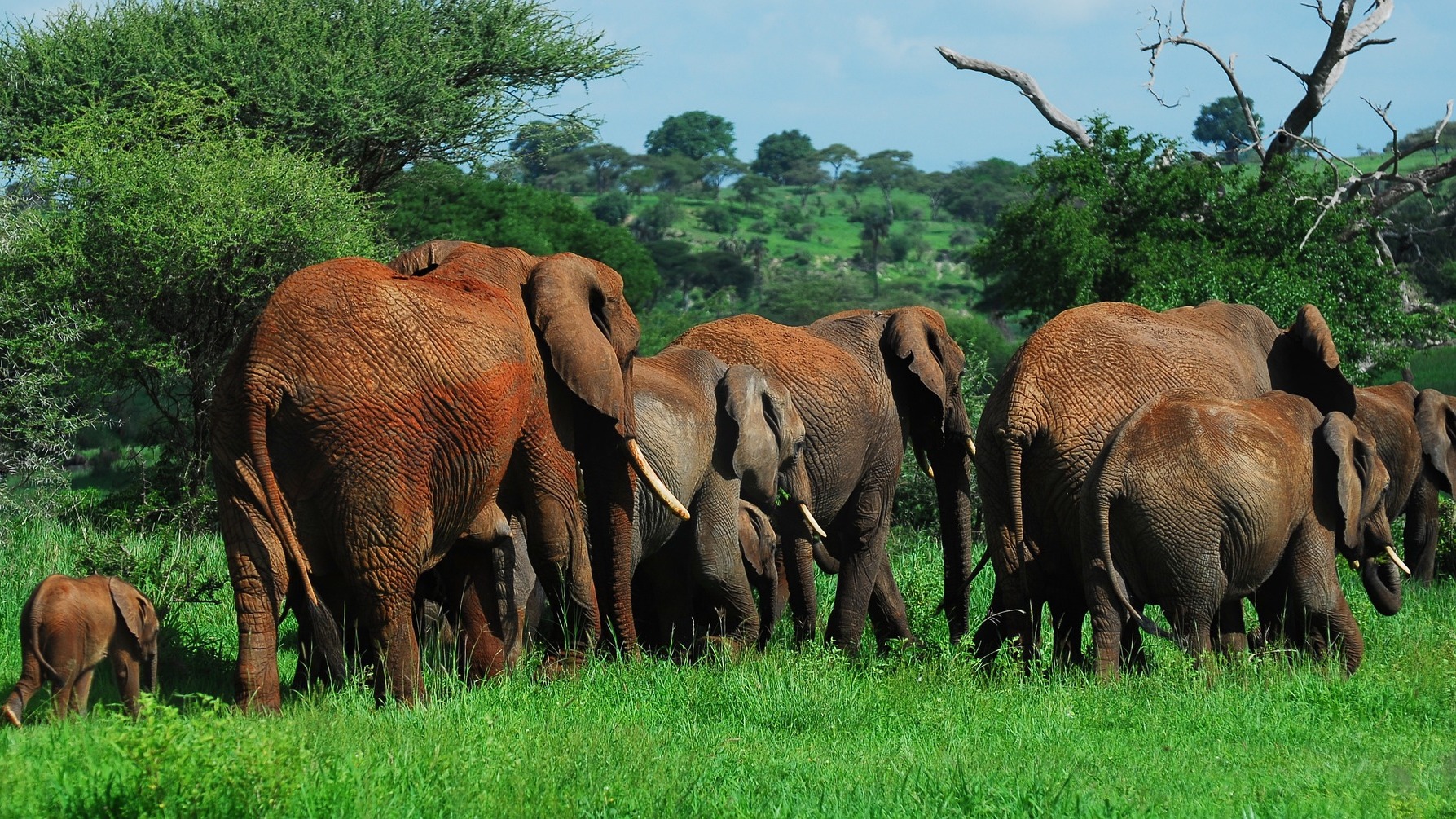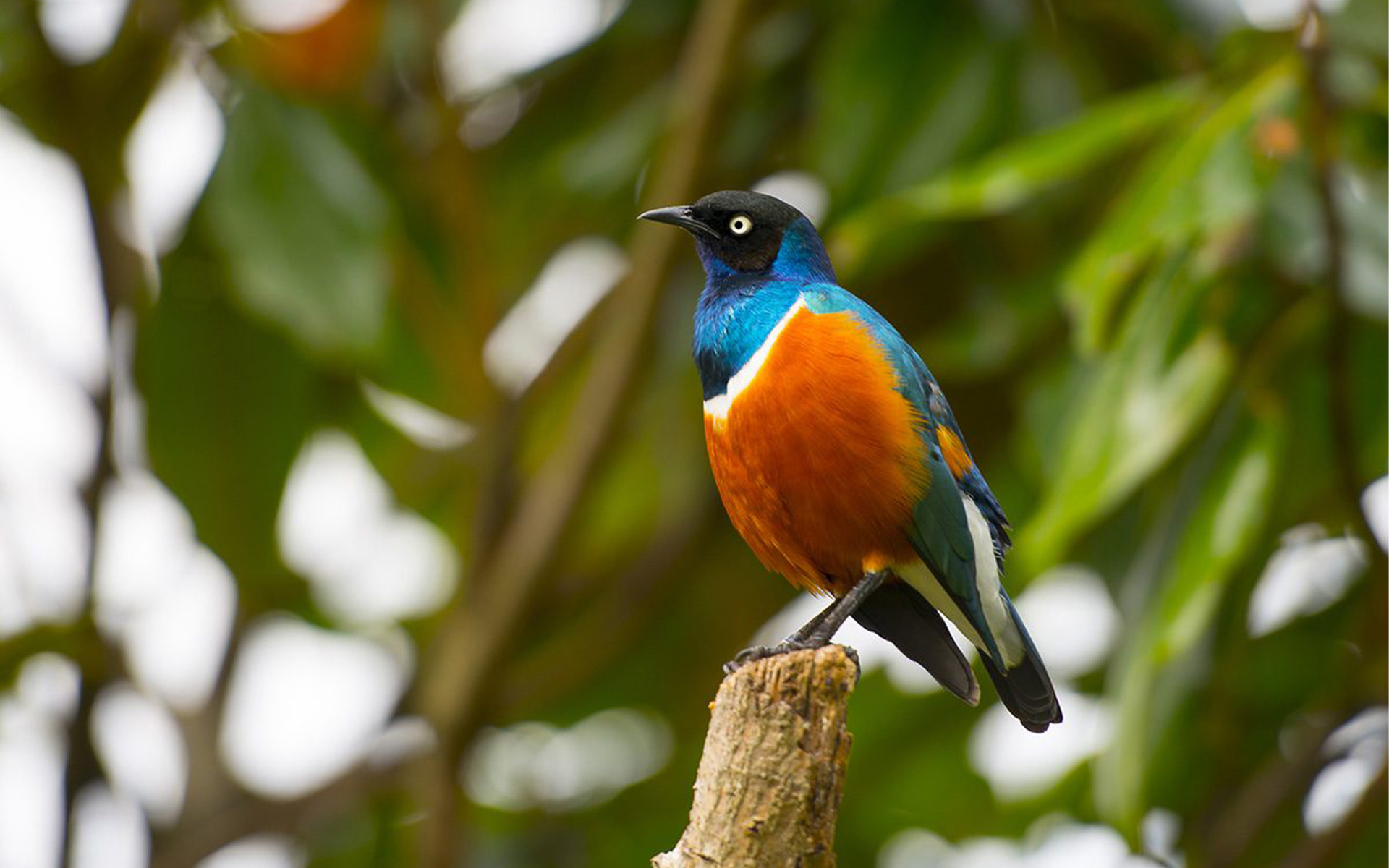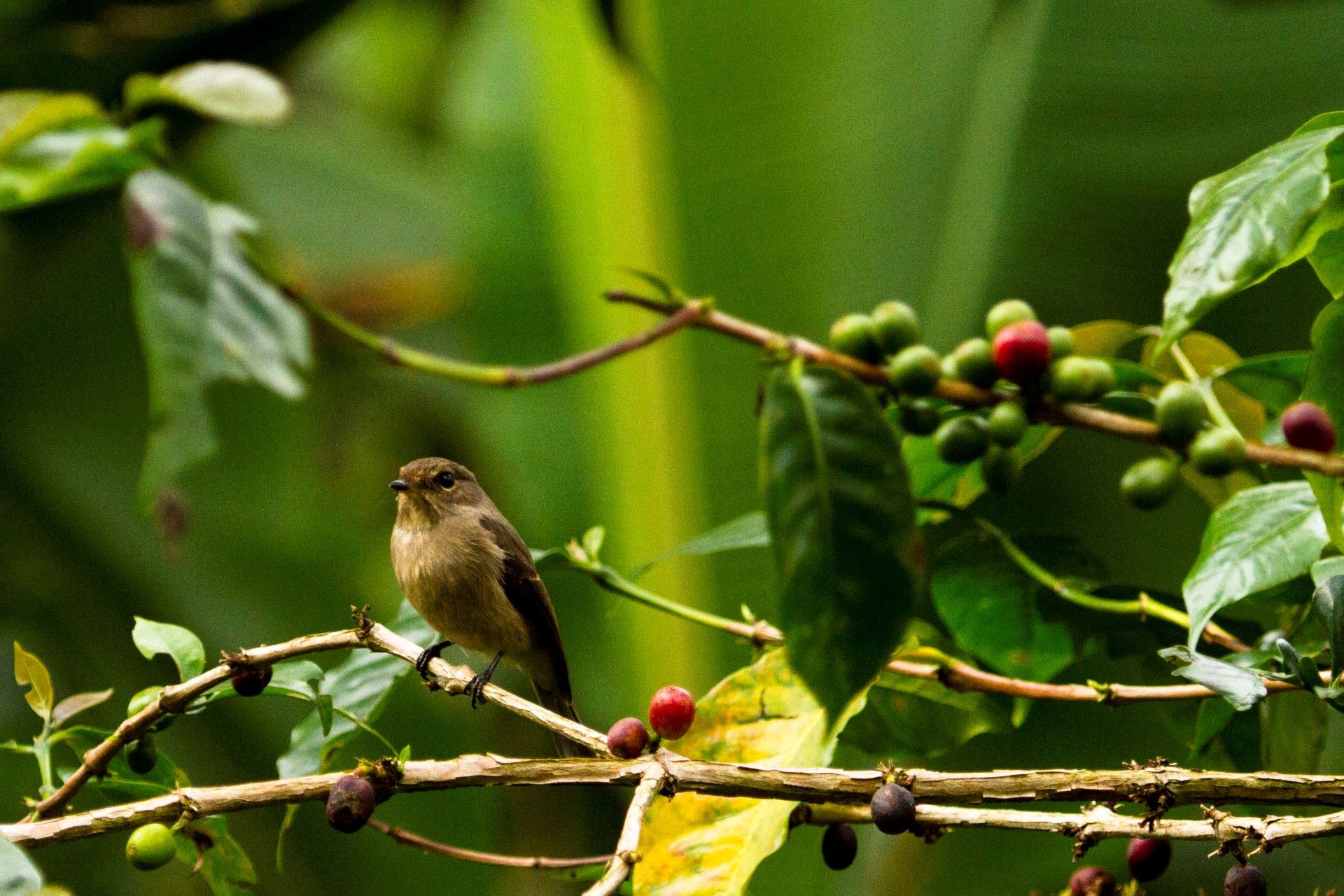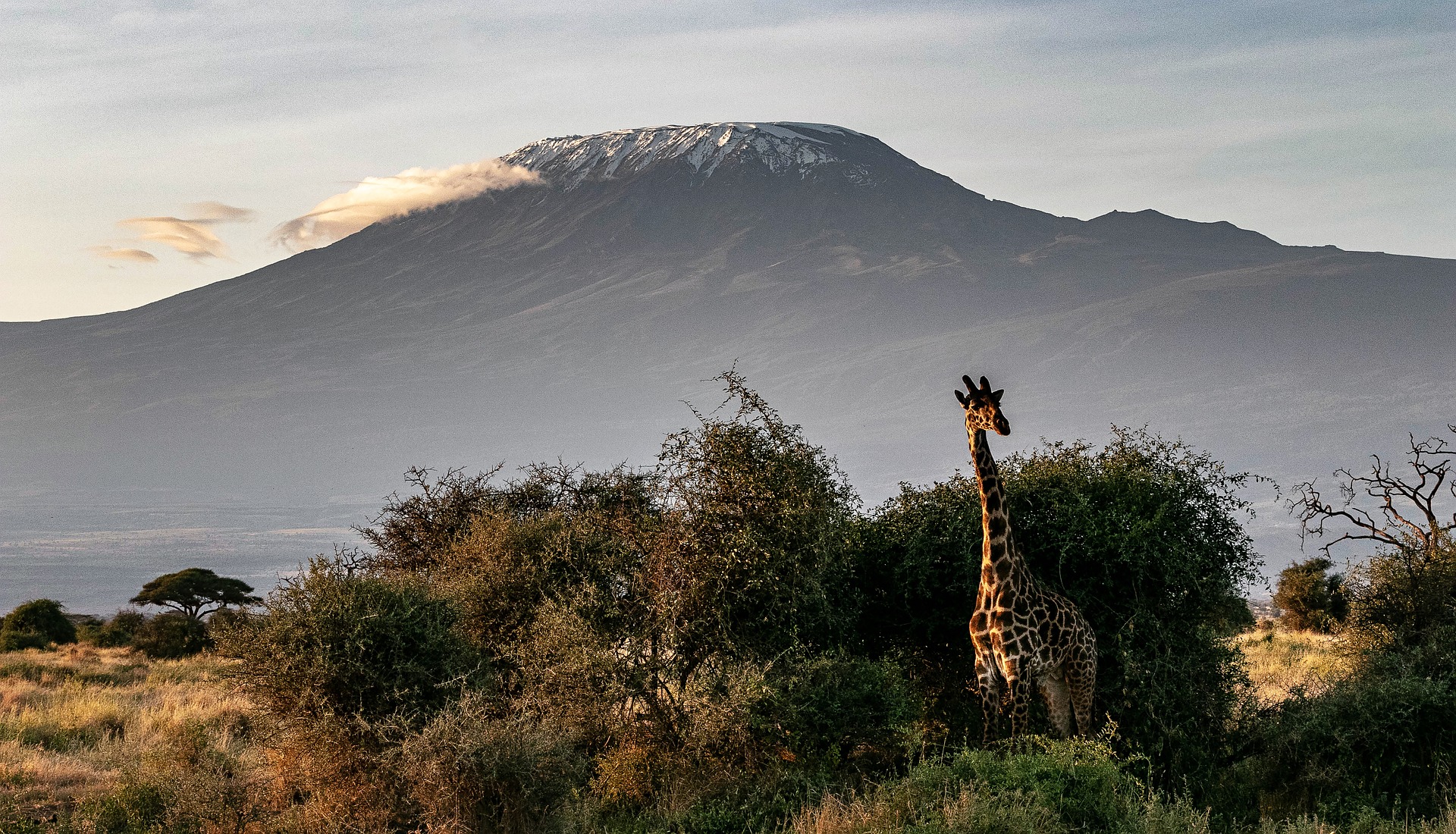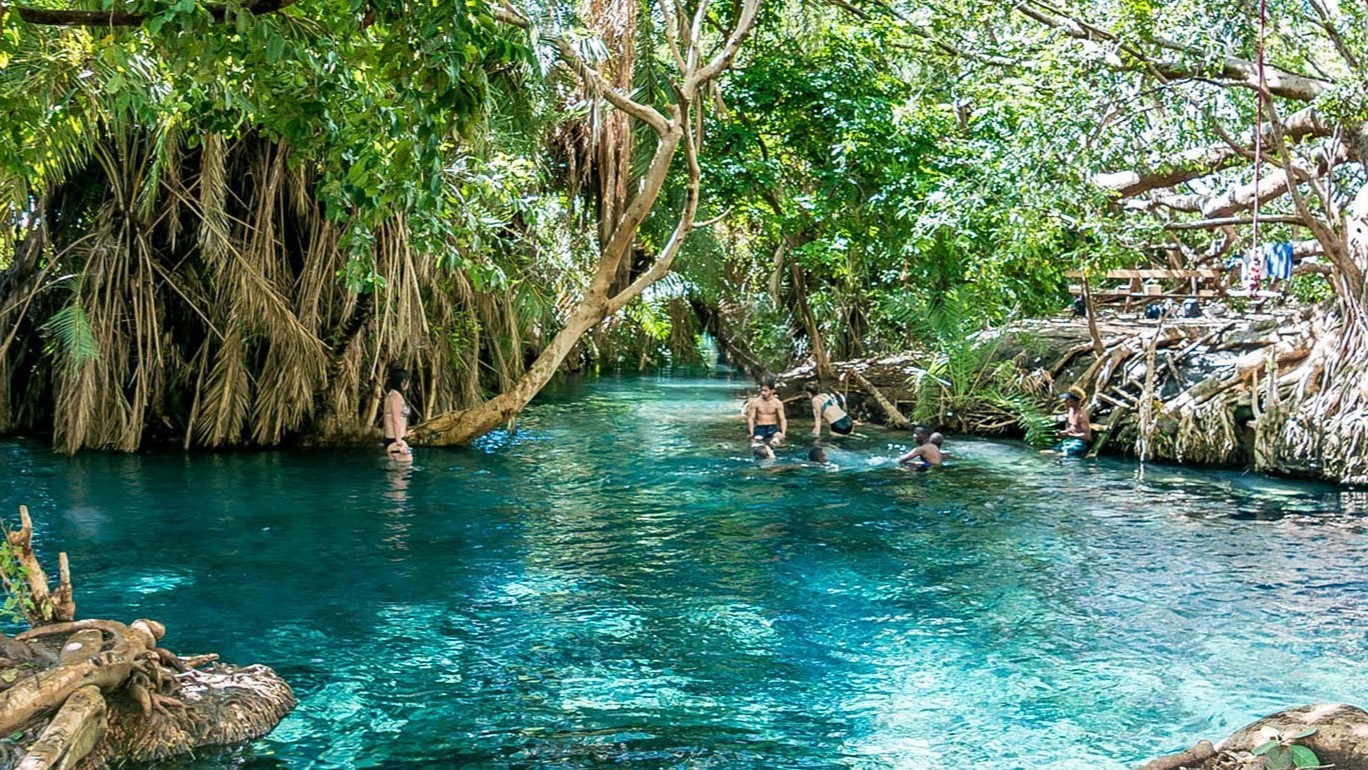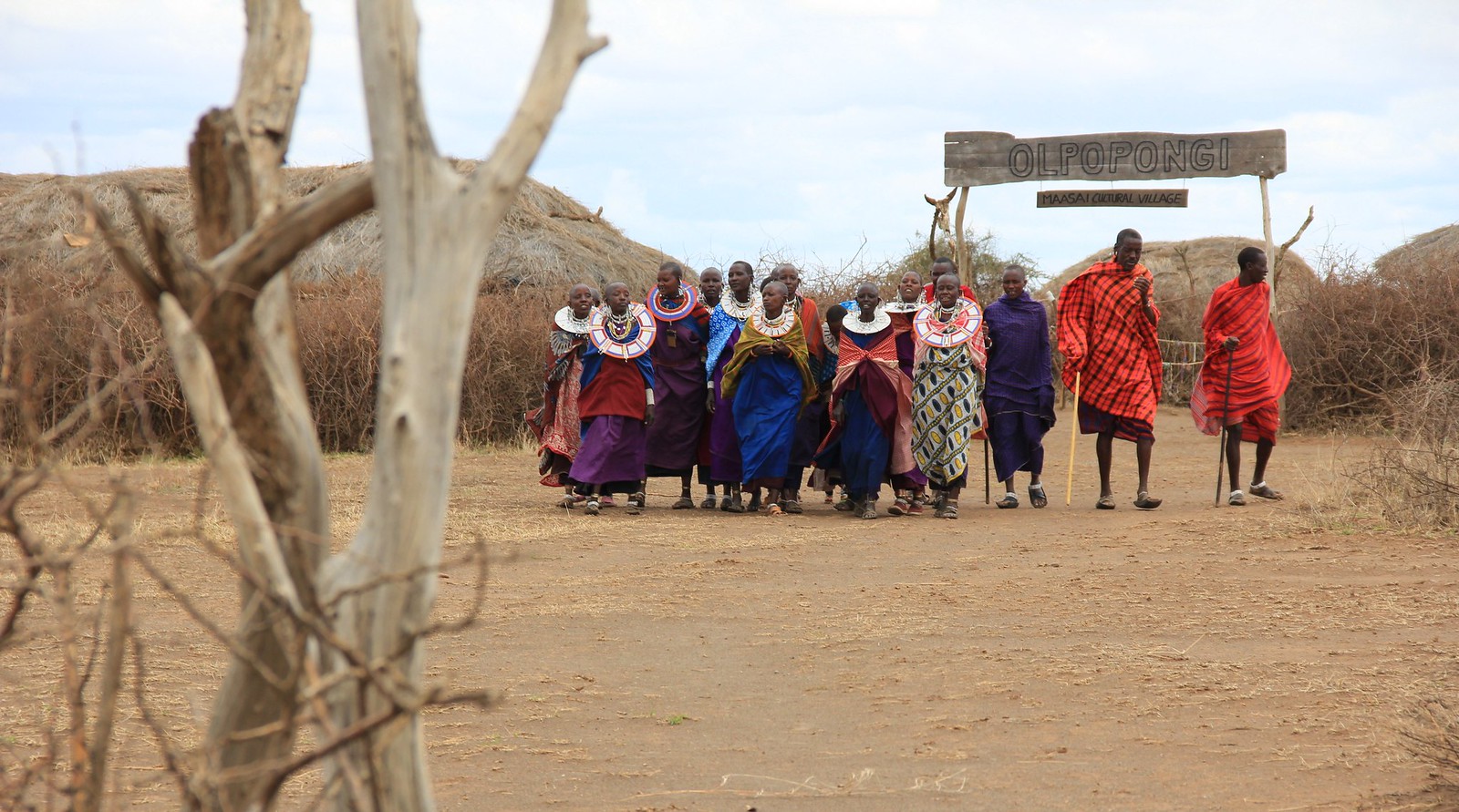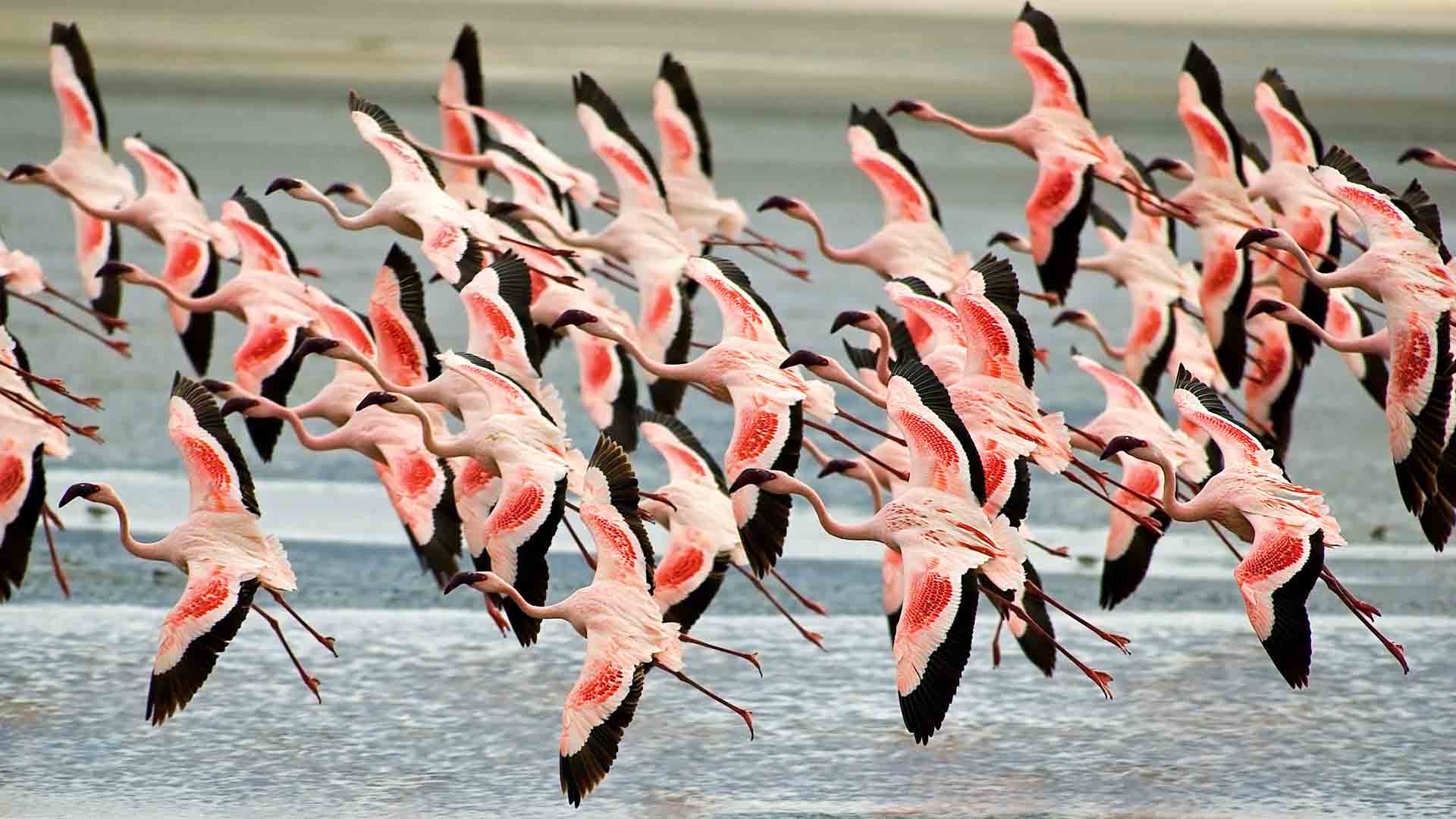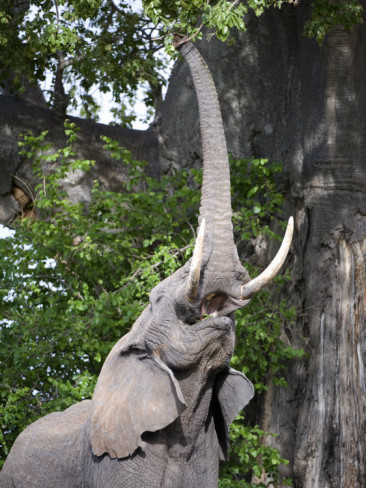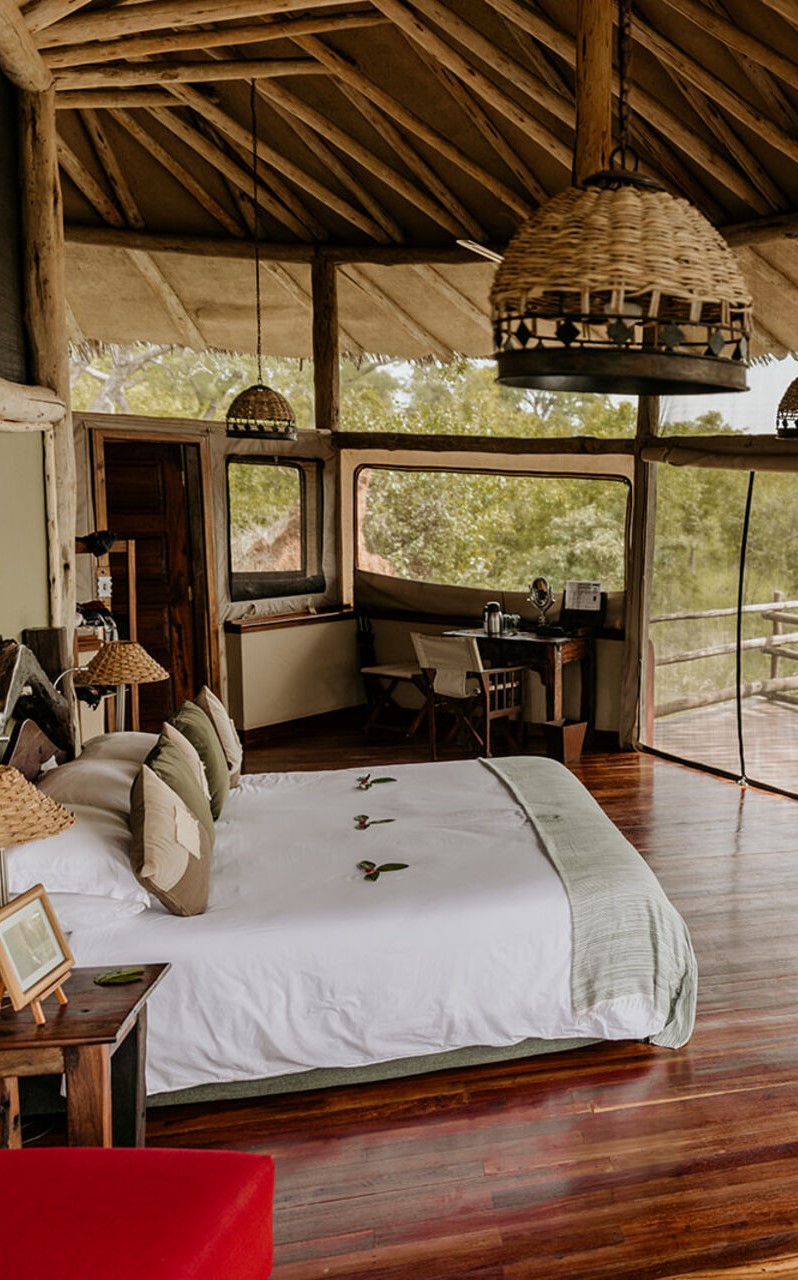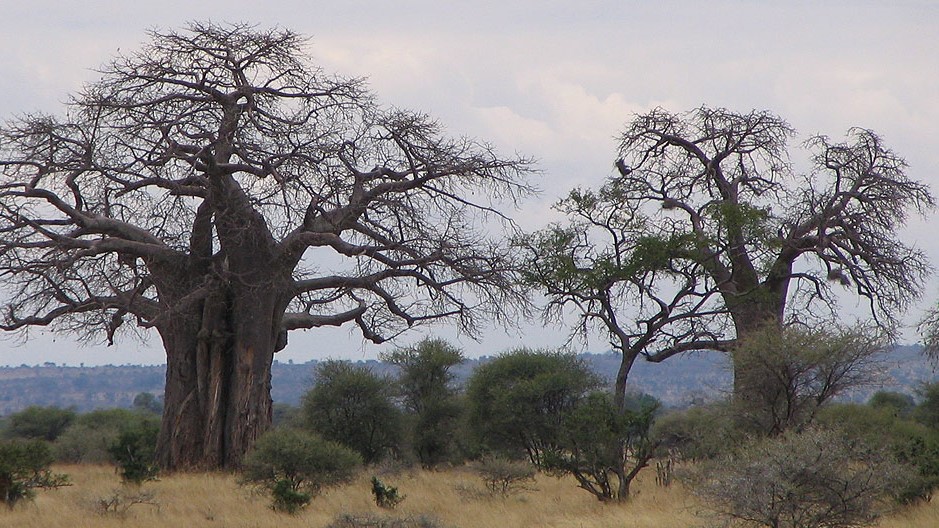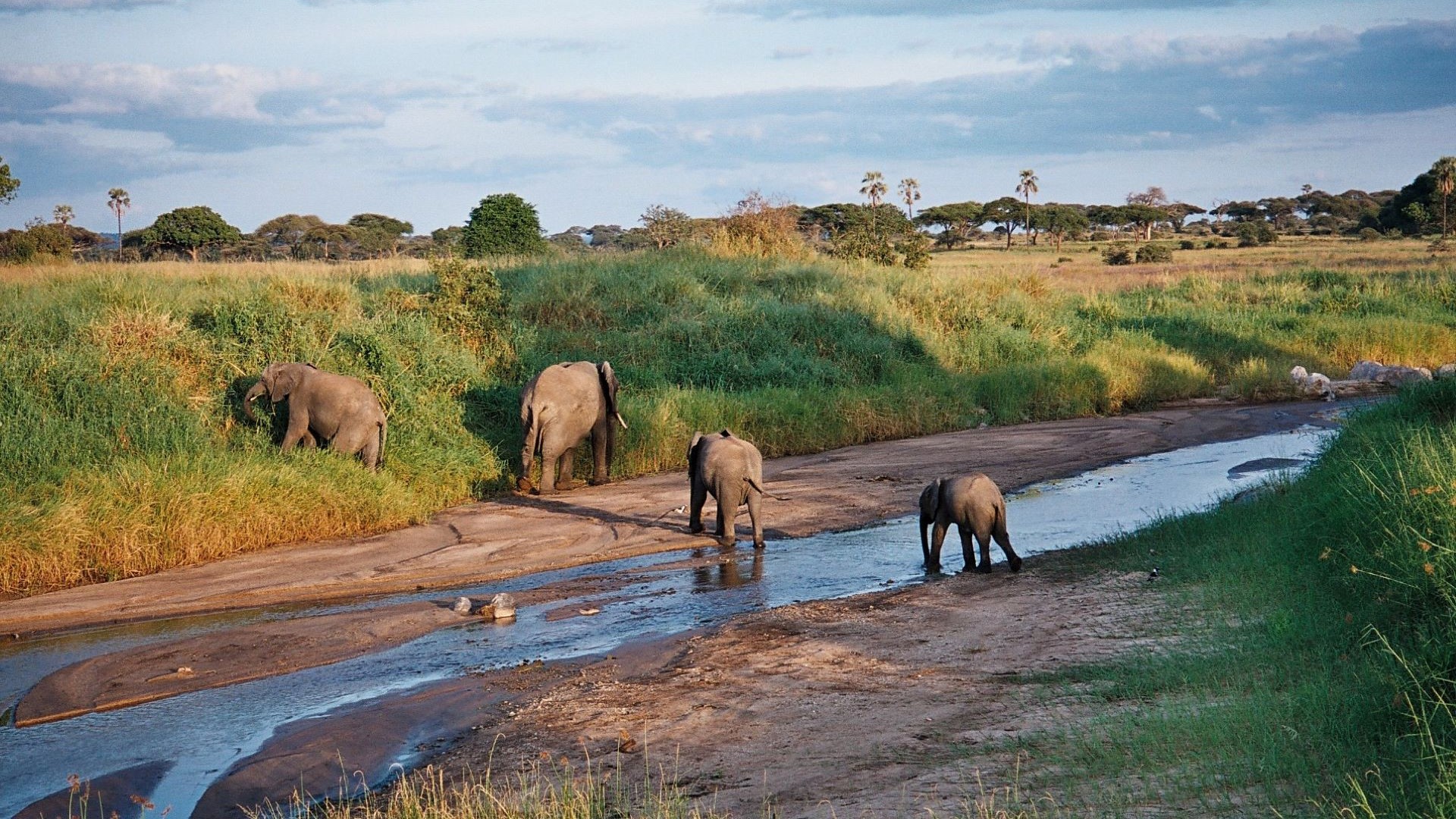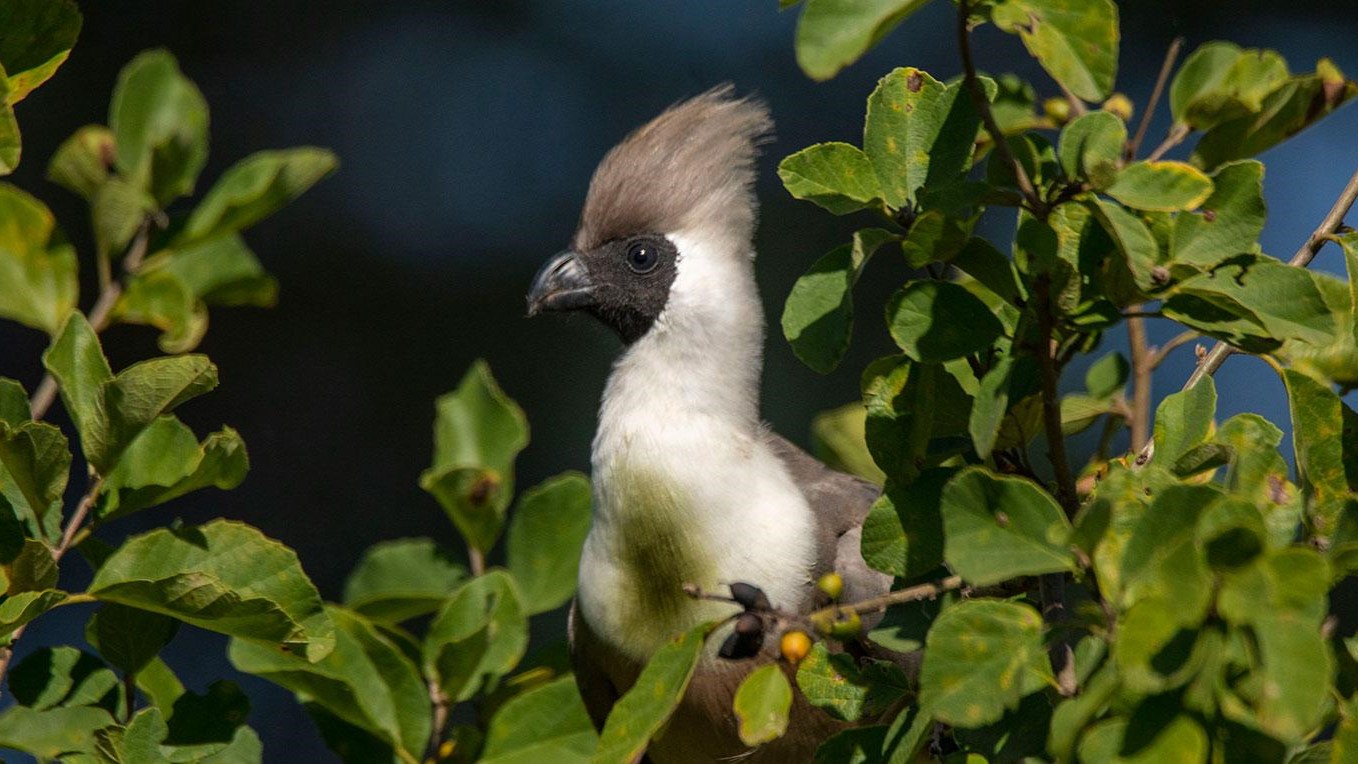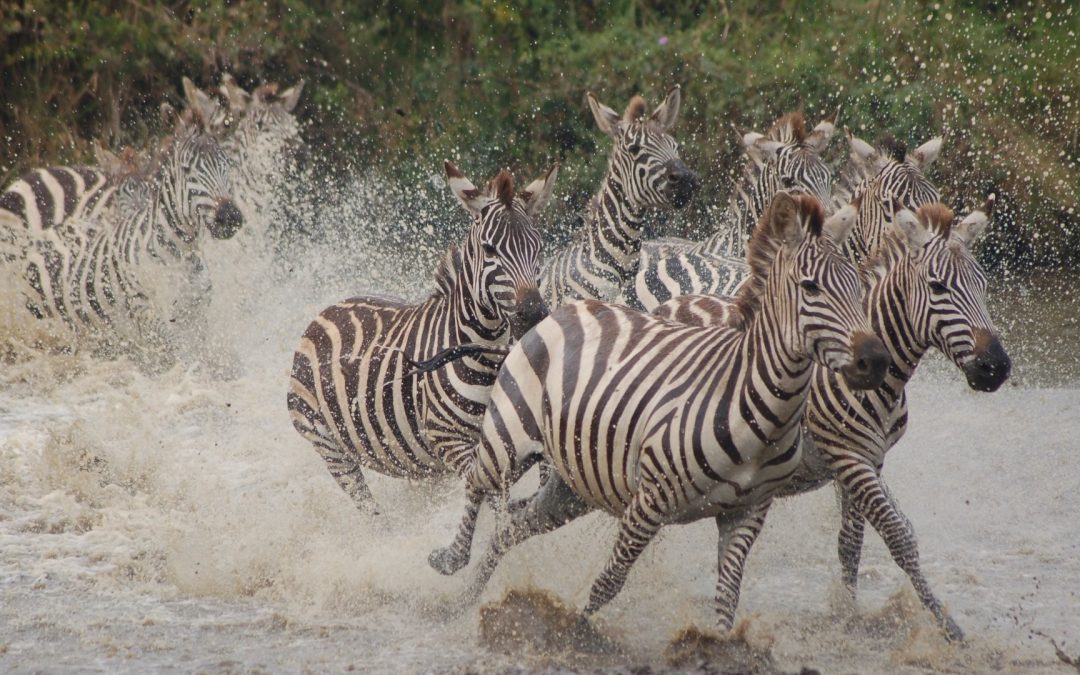
Arusha National Park
Discover the Wonders of Arusha National Park
Explore the Heart of Tanzania's Natural Beauty
Immerse yourself in the breathtaking landscapes and diverse wildlife of Arusha National Park, a hidden gem in Tanzania’s tourism crown.
Scenic Views
Wildlife Encounters
Cultural Experiences
Adventure Activities
Highlights
Stunning Mount Meru
Marvel at the majestic Mount Meru, offering stunning vistas and challenging hikes for adventure seekers.
Rich Biodiversity
Encounter a wide array of wildlife, including giraffes, elephants, and rare bird species, in their natural habitat.
Ngurdoto Crater
Explore the lush Ngurdoto Crater, often referred to as the ‘Little Ngorongoro,’ home to unique flora and fauna.
Momella Lakes
Witness the vibrant colors of the Momella Lakes, a paradise for bird watchers and nature enthusiasts.
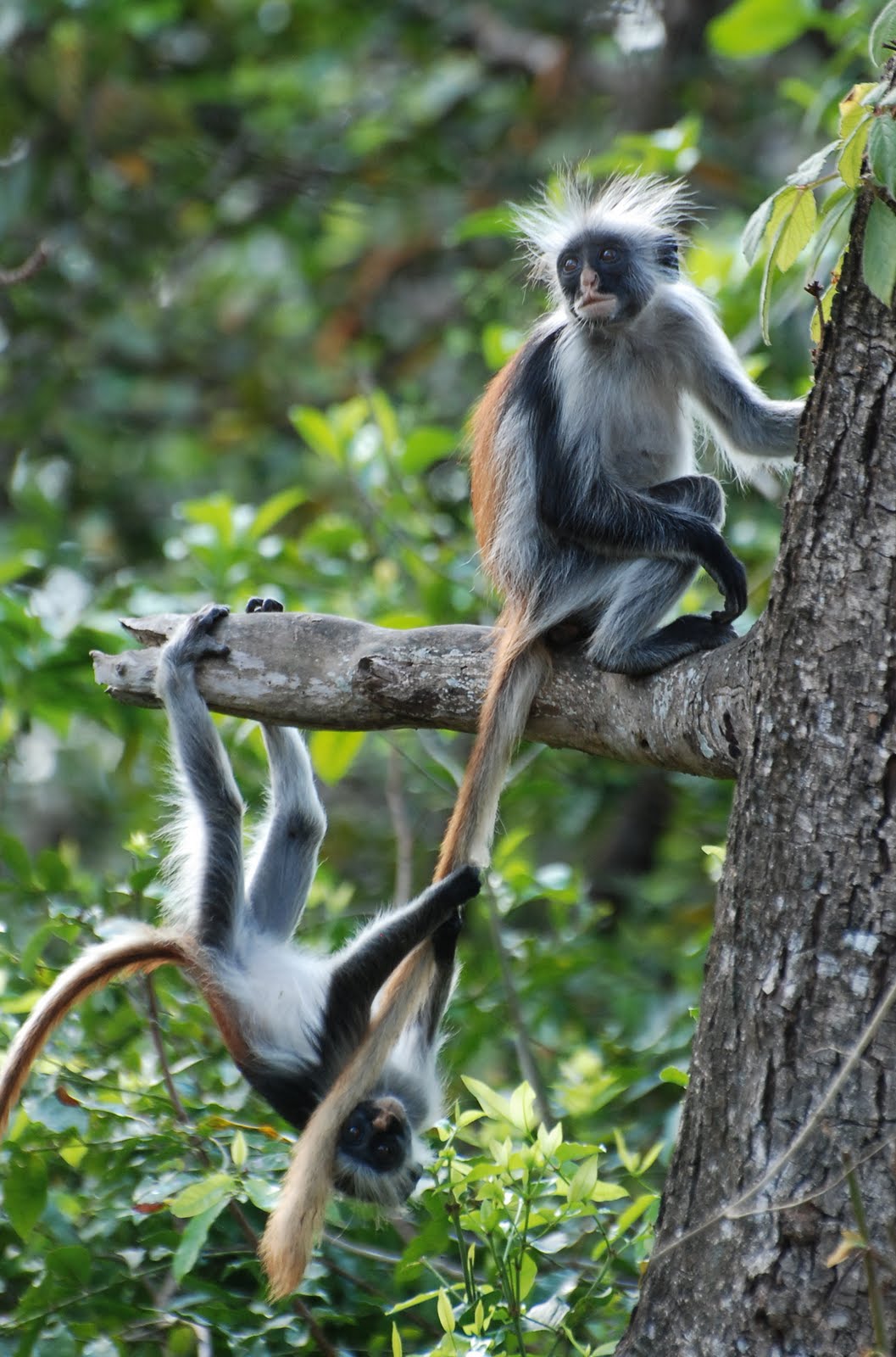
Optimal Seasons to Visit
Best Time
Arusha National Park offers a unique experience throughout the year, but the dry season from June to October is often considered the best time to visit. During these months, the weather is pleasantly cool and dry, making it ideal for wildlife viewing as animals gather around water sources. The wet season, from November to May, transforms the park into a lush, green paradise, perfect for birdwatching enthusiasts.
For those interested in hiking and exploring Mount Meru, the dry season provides clearer skies and more stable trails. However, the wet season, particularly from March to May, can offer a quieter experience with fewer tourists, allowing for a more intimate connection with nature.
Ultimately, the best time to visit depends on your interests. Whether you’re keen on spotting wildlife or enjoying the vibrant flora, Arusha National Park has something to offer year-round.
Accommodation Options
- Budget: Mvuli Hotel – Offering affordable rates with comfortable amenities, Mvuli Hotel is perfect for budget travelers.
- Budget: Arusha Backpackers – A great choice for solo travelers and groups, providing basic facilities and a friendly atmosphere.
- Mid-range: Arusha Serena Hotel – Nestled in a coffee plantation, this hotel offers a serene environment with modern comforts.
- Mid-range: Karama Lodge – Known for its eco-friendly approach, this lodge provides a cozy stay with stunning views.
- Luxury: Ngurdoto Mountain Lodge – This luxury lodge offers exquisite rooms and top-notch services amidst beautiful landscapes.
- Luxury: Arusha Coffee Lodge – Experience ultimate luxury with elegant accommodations and gourmet dining options.
- Budget: The Outpost Lodge – A charming lodge offering affordable rooms with a warm, welcoming atmosphere.
- Budget: Arusha Center Inn – Centrally located, this inn provides basic amenities at a reasonable price.
- Mid-range: Mount Meru Hotel – Enjoy a comfortable stay with excellent facilities and easy access to the park.
- Mid-range: Ilboru Safari Lodge – A popular choice for families, offering spacious rooms and a relaxing pool area.
- Luxury: Gran Melia Arusha – Indulge in luxury with world-class services and breathtaking views of Mount Meru.
- Luxury: Lake Duluti Lodge – An exclusive retreat offering privacy and luxury amidst stunning natural surroundings.
- Budget: Green Mountain Hotel – Offers budget-friendly accommodations with essential amenities and a convenient location.
- Budget: Arusha Tourist Inn – Provides simple, clean rooms for travelers on a budget.
- Mid-range: Kibo Palace Hotel – Features modern amenities and a prime location for exploring the park.
- Mid-range: Planet Lodge – Known for its comfortable rooms and beautiful gardens, perfect for a relaxing stay.
- Luxury: The African Tulip – A boutique hotel offering luxurious rooms and personalized services.
- Luxury: Rivertrees Country Inn – Combines rustic charm with luxury, offering a peaceful escape in nature.
Must-See Attractions
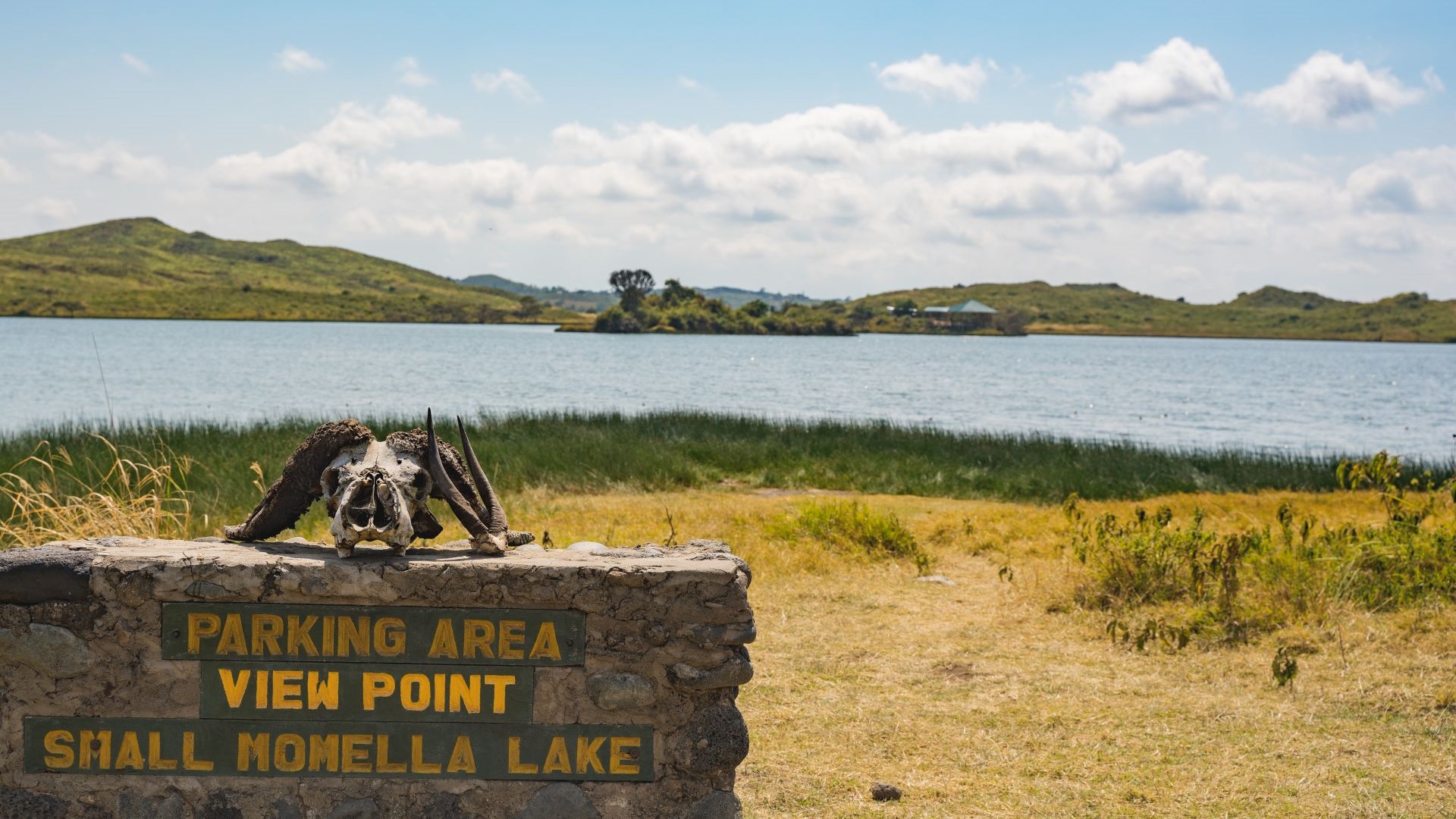
Momella Lakes
Scenic Beauty and Birdwatching
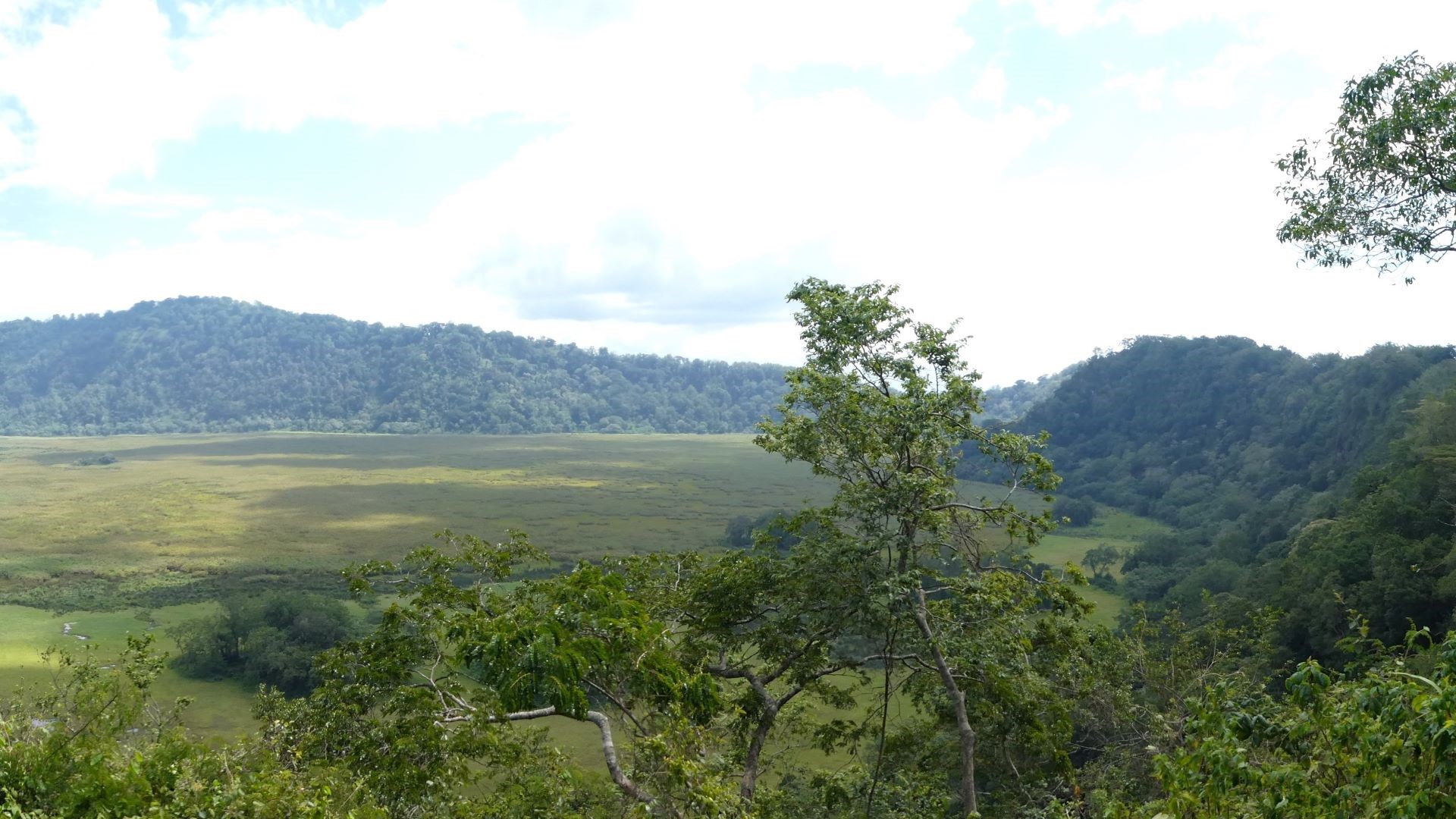
Ngurdoto Crater
The Little Ngorongoro
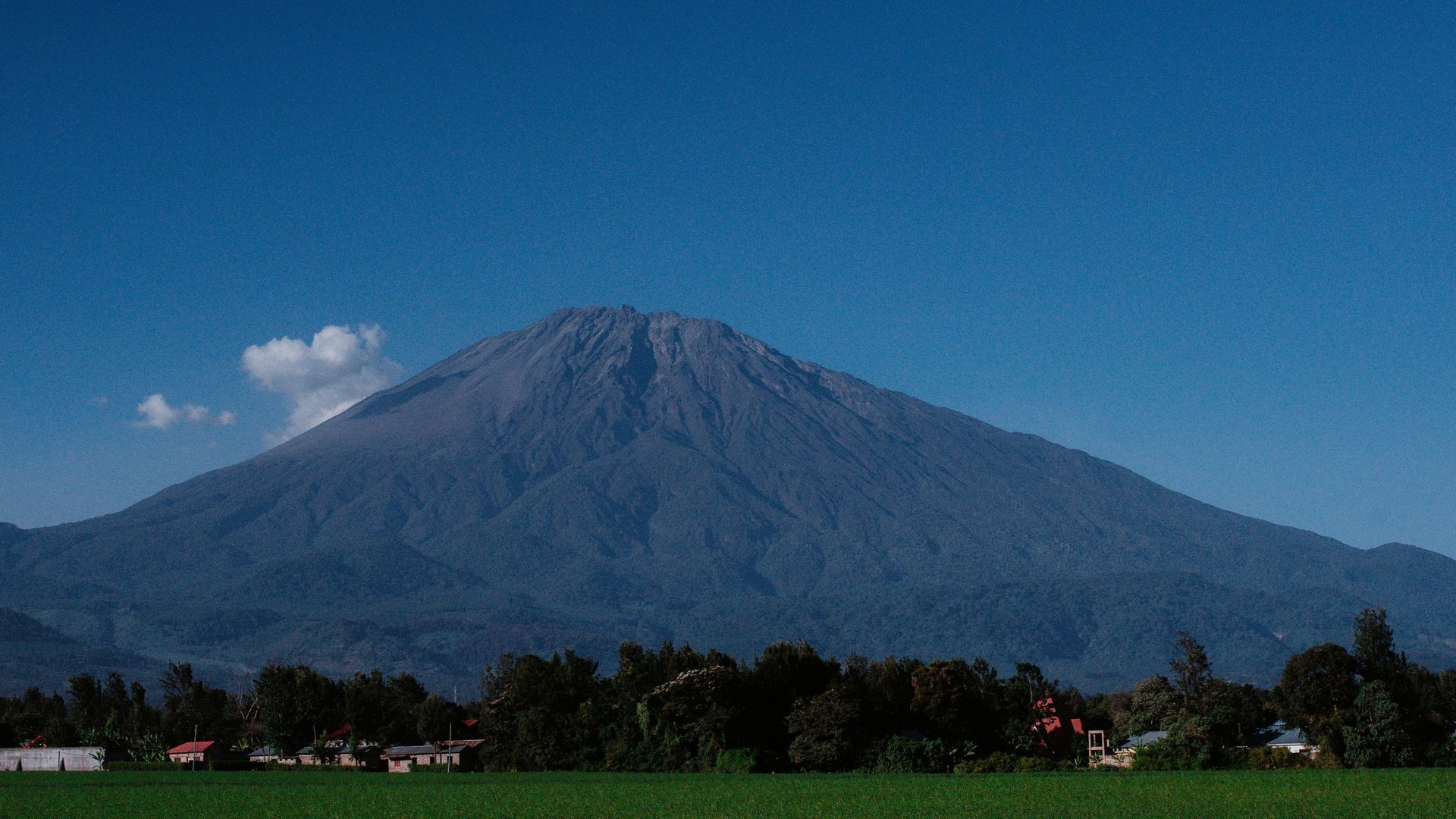
Mount Meru
Trekking Adventure
Engaging Activities
Explore
Arusha National Park offers a plethora of activities for nature enthusiasts and adventure seekers. Visitors can embark on guided walking safaris, providing an up-close experience with the park’s diverse wildlife and stunning landscapes. Canoeing on the Momella Lakes offers a unique perspective of the park’s aquatic life and bird species. For those interested in a more traditional safari, game drives are available, offering the chance to spot giraffes, zebras, and the elusive colobus monkeys. Additionally, the park provides opportunities for mountain climbing, with Mount Meru offering a challenging yet rewarding trek.
Navigate with Ease
Google Map Directions
To reach Arusha National Park, start your journey from Arusha city, which is approximately 25 kilometers away. Head east on the A104 highway, following the signs towards Moshi. After about 10 kilometers, take a left turn onto the B144 road, which leads directly to the park entrance. For precise navigation, use Google Maps by entering ‘Arusha National Park’ as your destination. This will provide you with real-time directions and estimated travel time, ensuring a smooth and hassle-free journey to the park.
Frequently Asked Questions
Find answers to common questions about visiting Arusha National Park to enhance your travel experience.
What is the best time to visit Arusha National Park?
The best time to visit Arusha National Park is during the dry season, from June to October, when wildlife viewing is at its peak and the weather is most favorable for outdoor activities.
How can I get to Arusha National Park?
Arusha National Park is easily accessible by road from Arusha city, located just 25 kilometers away. Visitors can hire a taxi or use a tour operator for convenient transportation.
Are there accommodations available within the park?
Yes, there are several accommodation options within and around Arusha National Park, ranging from budget campsites to luxury lodges, catering to various preferences and budgets.
What wildlife can I expect to see in the park?
Visitors can expect to see a variety of wildlife, including giraffes, zebras, buffaloes, and diverse bird species. The park is also home to the rare black-and-white colobus monkeys.
Is it safe to visit Arusha National Park?
Arusha National Park is generally safe for visitors. It is advisable to follow park regulations and be accompanied by a guide during safaris and hikes for added safety.
Can I climb Mount Meru while visiting the park?
Yes, climbing Mount Meru is a popular activity for visitors to Arusha National Park. It requires a guided trek, which can be arranged through local tour operators.
What activities are available for families?
Families can enjoy a variety of activities, including guided walking safaris, canoeing on the lakes, and picnicking in designated areas, making it a great destination for all ages.
Do I need a guide to explore the park?
While not mandatory, hiring a guide is highly recommended to enhance your experience and ensure safety, as they provide valuable insights into the park’s flora and fauna.
Are there any cultural experiences available near the park?
Yes, visitors can explore nearby Maasai villages to experience local culture and traditions, offering a deeper understanding of the region’s heritage.
Plan Your Adventure
Discover the breathtaking landscapes and diverse wildlife of Arusha National Park. Start planning your unforgettable journey today and immerse yourself in the natural beauty that awaits.

Arusha National Park Packages
[wp_show_posts id=”726″]
